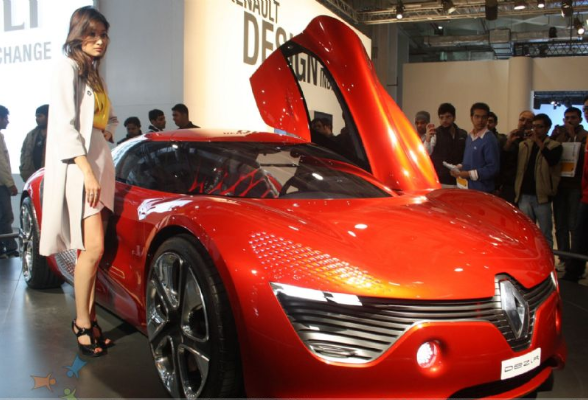Television commercials for cars have become more sophisticated over the years. About a quarter of a century ago, a typical car commercial would feature a car dealership owner taking the television viewer for a tour down the lanes of his display lot, bordered with merchandise, parked cars with attractive women posing on the hood and a cardboard sign, displaying the price, resting against the windshield. Today’s car commercials are often polished cinematic snippets, presenting images of a stylish automobile, driven by a sophisticated-looking driver, often with an attractive woman as a passenger. The viewer watches the vehicle as it cruises through an elegant parts of the big city or a scenic drive.
You know a lot of money goes into these commercials. What you may not know is that plenty of strategy does, as well.
Strategies

Though the artistic qualities of car commercials have undergone a tectonic shift, the purpose and strategies of the commercials remain unchanged. They’re intended to capture the viewer’s attention and make an emotional impact, creating the motivation to purchase.
The strategies of persuasion used by marketing and advertising agents are not rocket science and in some cases even blatantly obvious. But it is not enough to know the strategies of persuasion; it is how they are used that determines whether the car commercial is effective in getting the consumer to follow through by making a purchase.
A fundamental strategy of marketing is to create an emotional experience, whereby the advertised product becomes associated with a need or desire. When that association occurs during a heightened state of emotion, it is likely to lead to the viewer feeling motivated to take action.
AIDA
To persuade consumers, advertisers often use a series of strategies known by the acronym “AIDA.” “A” stands for “attention.” The commercial needs to attract the attention of the viewer. “I” stands for “interest.” The commercial needs to convey the virtues or benefits of the product. “D” stands for “desire.” The commercial needs to speak to the needs or desires of the viewer. “A” stands for “action.” “A” is not part of the commercial; rather, it is the result of the commercial; the consumer takes action by actually making the purchase of a product.
A typical television commercial for a high-end vehicle provides a good example of how AIDA is used. Advertisers tap into the cultural beliefs of what it means to be successful. Money, an attractive mate and a luxurious life style are all common societal indicators of success, and a large number of Americans have bought into it. Advertisers tap into this mindset by creating commercials filled with images of attractive people, lush surroundings and a stylish vehicle.
This high-class image is supplemented by informing the viewer of the benefits of purchasing the vehicle, be it zero financing, great gas mileage, extended warranties or other perks. The message of the commercial speaks to the desires of those viewers who have to “keep up with the Joneses,” while at the same time addressing the practical reasons for making this purchase.
In the end, television car commercials’ influence on the consumer is only as effective as the consumer gives it permission to be. Self-awareness is more powerful than any media persuasion. A lack of self-awareness leads to a life that is directed by the persuasive forces of others.
Byline
Douglas Pratt is a freelance writer and car fanatic based in Austin, Texas. Readers intrigued by this piece who’d like to learn more about car dealerships and dealership marketing should check out Dealer Live.
Image credit goes to Naseer Behbehani.






